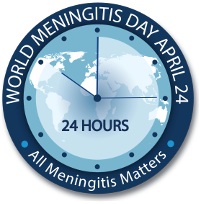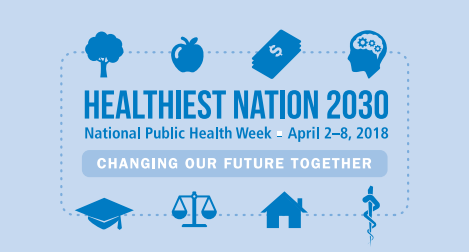May is Hepatitis Awareness Month. In the United States, the most common types of viral hepatitis are hepatitis A, hepatitis B, and hepatitis C. Each hepatitis virus affects the liver differently and has different routes of transmission, and has different populations that are commonly affected
CDC developed an online Hepatitis Risk Assessment to help people find out if they should get tested or vaccinated for viral hepatitis. The assessment, which takes only five minutes, will provide personalized testing and vaccination recommendations for hepatitis A, hepatitis B, and hepatitis C.
Hepatitis A
Hepatitis A is a highly contagious liver infection that can range from a mild illness lasting a few weeks to a severe illness lasting several months. The hepatitis A virus is usually spread when a person ingests the virus from contact with objects, food, or drinks contaminated by feces or stool from an infected personHepatitis A is common in many parts of the world, and many new cases of hepatitis A in the United States have occurred from international travelers eating or drinking contaminated food or water. Hepatitis A can be easily prevented with a safe and effective vaccine, which is recommended for all children at one year of age and for adults who may be at risk.
Hepatitis B
Hepatitis B is a liver disease that results from infection with the hepatitis B virus. For some people, especially those infected as infants, the infection leads to a chronic or lifelong illness. The hepatitis B virus is spread primarily when blood, semen, or certain other body fluids from a person infected enters the body of someone who is not infected. The virus can be spread through sexual transmission and through contact with blood, such as sharing injection drug equipment. The hepatitis B virus can also be passed from an infected woman to her baby at birth, if her baby does not receive the hepatitis B vaccine. As a result the hepatitis B vaccine is recommended for all infants at birth and anyone else at increased risk.
Hepatitis C
Hepatitis C is a liver disease that results from infection with the hepatitis C virus. Most people who become infected with the virus go on to develop a chronic infection that causes serious liver problems. The hepatitis C virus is usually spread when blood from a person infected enters the body of someone who is not infected. Today, most people become infected with hepatitis C by sharing needles, syringes, or any other equipment to inject drugs. In fact, rates of new infections have been on the rise in young people who inject drugs in recent years. While rare, hepatitis C can be transmitted sexually, as well as from an infected women to her baby. . In the past, hepatitis C was spread through blood transfusions and organ transplants. However, widespread screening of the blood supply began in 1990 and the hepatitis C virus was virtually eliminated from the blood supply by 1992.
People born from 1945-1965, or baby boomers, are five times more likely to have hepatitis C. Unfortunately, the reason that baby boomers have high rates of hepatitis C is not completely understood. Most baby boomers are believed to have become infected in the 1960s, 1970s and 1980s when transmission of hepatitis C was the highest. CDC recommends anyone born from 1945-1965, as well as anyone else at risk, get tested for hepatitis C.
Helpful Links
Information provided by Centers For Disease Control & Prevention Website








9(MDAxNzg0MDExMDEyMTYyMjc1MDE3NGVmMw004))


